[ad_1]
When you purchase your food from the grocery store, you probably think you have a pretty good idea of what’s in it, right? Apparently, not so much. Particularly if you are buying more pre-packaged foods, there are what can seem like weird ingredients in them. It’s not to say that these ingredients necessarily pose a health threat to the consumer; however, perhaps this will be just another bit of motivation to stick to the whole foods sections of your supermarket instead.
There Are Weird Ingredients Hiding in Your Food
A little education goes a long way, and in this case, a little label reading. Food manufacturers have gotten creative over time to make sure when you purchase their products, they have a certain color, taste, smell, and shelf-life. Some of the ingredients they use to get there can seem a little… unconventional. Again, while many of these ingredients aren’t necessarily harmful to you, I’d wager to guess that there are some of them that you’d prefer to leave out of your diet. The next time you reach for that cake mix, bag of chips or even run-of-the-mill, regular loaf of bread, flip over the package and read the ingredients list. Chances are you will find some of these weird ingredients hiding in there.
27 Weird Ingredients Found In Food
1. Carmine
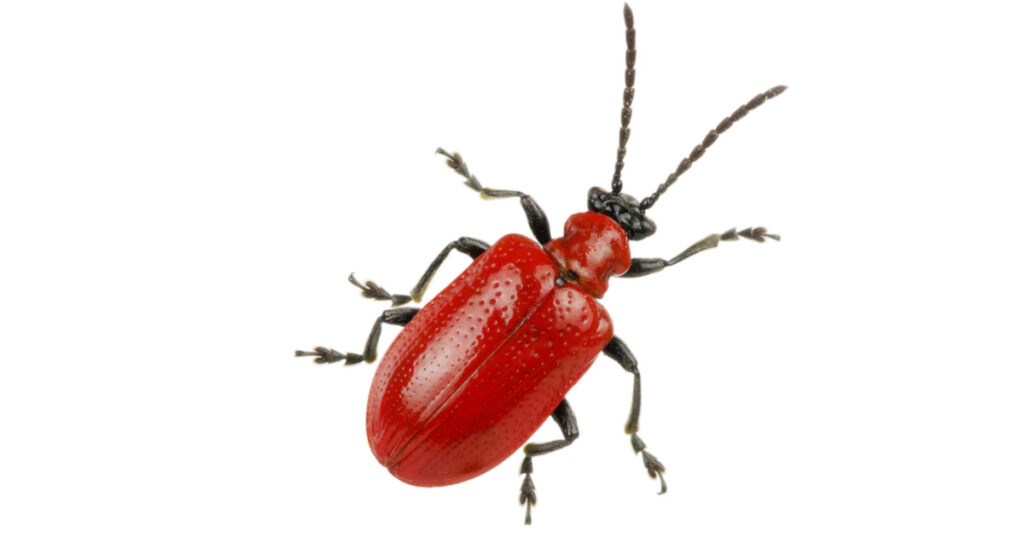
Derived from crushed cochineal insects, carmine is commonly used as a red food coloring in products like candies and yogurt. Some people can be quite allergic to this ingredient, so read your labels carefully. (1)
2. L-Cysteine

This amino acid can be found in some baked goods. It is often derived from human hair or feathers. It is commonly used in bagels and other bread products.
3. Propylene Glycol

This chemical compound, commonly used in antifreeze, is sometimes found in processed foods like salad dressings and cake mixes. It’s also found in sodas and even beer. Though it sounds scary being a major ingredient in something we use on our cars, it’s actually not so bad. It’s used so that ingredients that don’t normally mix well together, like oil and water, do. It’s not toxic, though if you wish to avoid it, consider making your own salad dressings, bake your cakes from scratch, and avoid soda (and maybe beer, too?). (2)
Read: Gatorade: The Potential Harm and Healthy Alternatives
4. Silicon Dioxide

Do you know what silicon dioxide actually is? Sand. That’s right, something many of us love to have fun with at the beach. Also known as silica, it is used as an anti-caking agent in powdered foods like spices. This is because sand is great at absorbing humidity so that your mixes won’t clump together. You’ve probably eaten a bit of sand at the beach in your life, so chances are a tiny bit in your food shouldn’t really be a concern.
5. Butylated Hydroxyanisole (BHA)
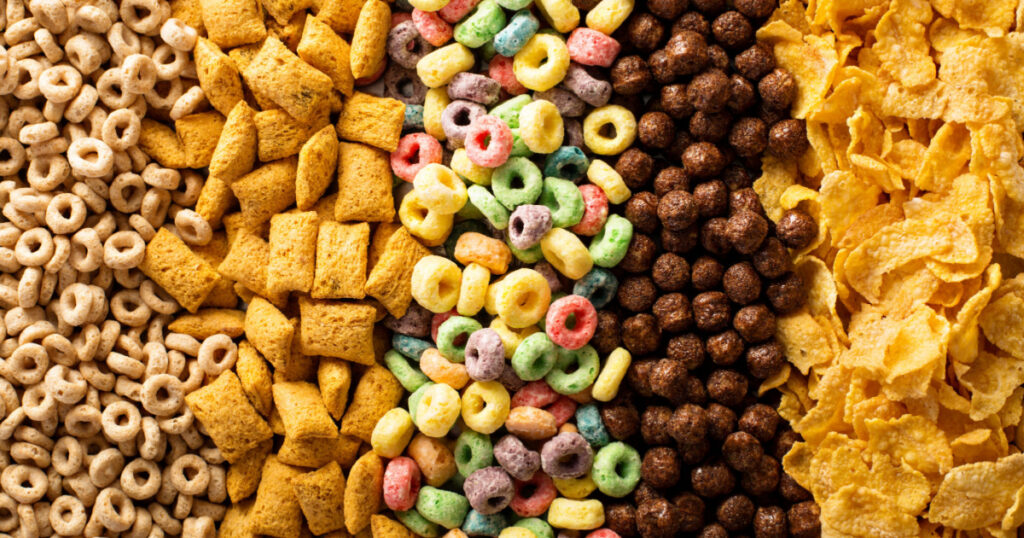
BHA is a preservative used in many processed foods, including cereal, gum, and meat products. It’s there to prevent fats and oils from going rancid, therefore extending the product’s shelf life. It has been linked, however, to potential health risks. Watch out for this one on your food labels. (3)
6. Ammonium Sulfate
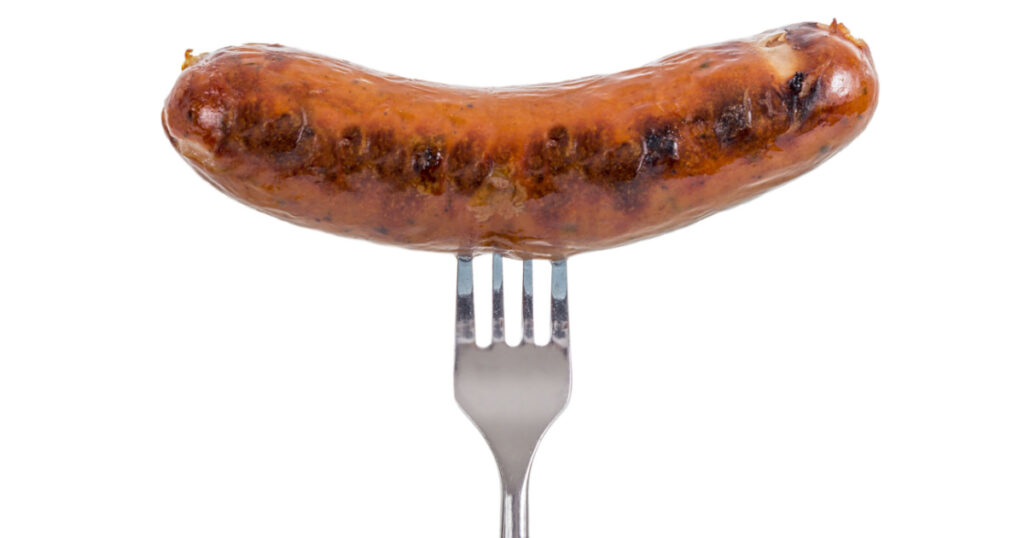
This nitrogen-rich compound is used as a food additive but is also commonly used as a lawn fertilizer. It is often used in wine, sausage casings, baked products, and more. There has been some debate as to whether or not it is a potential carcinogen; however, currently, there is insufficient evidence. (4)
7. Cellulose
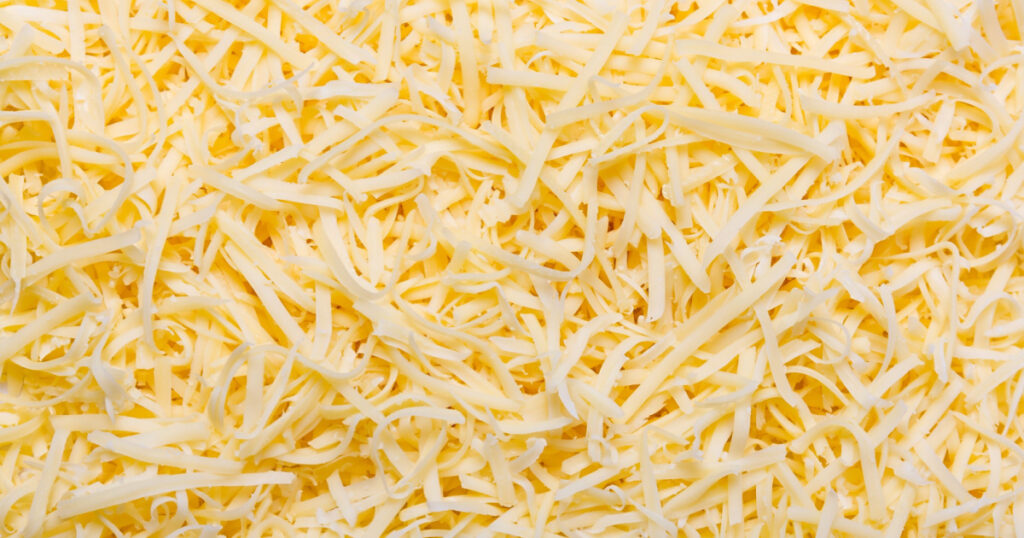
Derived from wood pulp, cellulose (a form of fiber) is used as a bulking agent in shredded cheese, microwaveable meals, and even some ice creams. In pre-shredded cheese, it is used to keep the strands from sticking together. It’s also found naturally in corn and really poses no human health risk. It’s simply a fiber that your body can’t digest, so it will just come out the other end, if you understand what I mean.
8. Gelatin
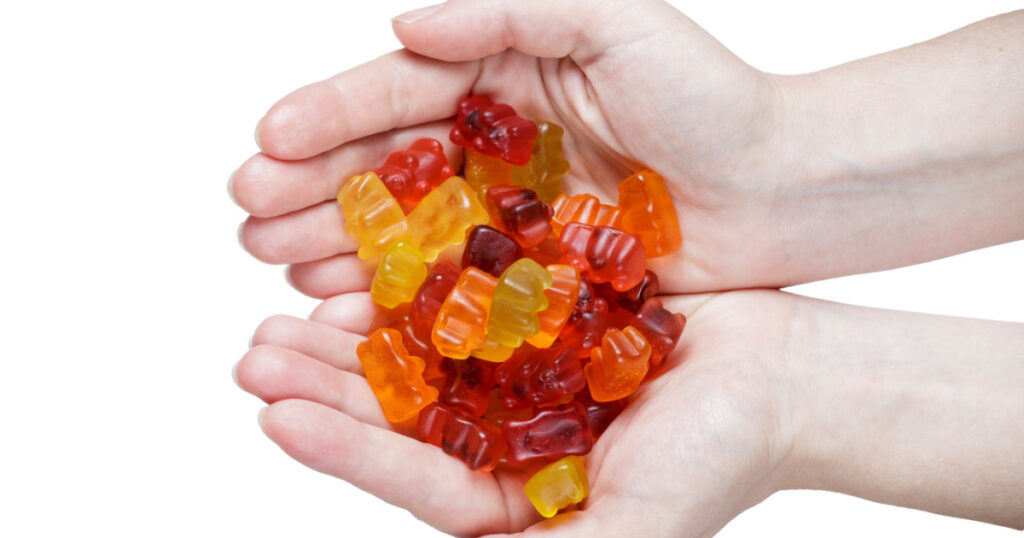
A common ingredient in gummy candies, gelatin is derived from animal bones and tissues. It’s a thickening agent that can also be found in cereals, sour creams, yogurts, and desserts. If you are a staunch vegetarian, then you will want to watch out for this on your food labels.
Read: There’s Aluminum in Processed Cheese. Do you need to worry?
9. Castoreum

This ingredient, derived from the secretions of beaver castor glands, is used as a flavor enhancer in foods like vanilla-flavored products. It gets its name specifically because it is extracted from the castor sac scent glands of the male or female beaver, which are located near the anus. It is more often used in perfume; however, on a food label, it is generally found under the umbrella term of “natural flavoring.” It’s no longer commonly used in foods because it is expensive and difficult to obtain.
10. Carrageenan
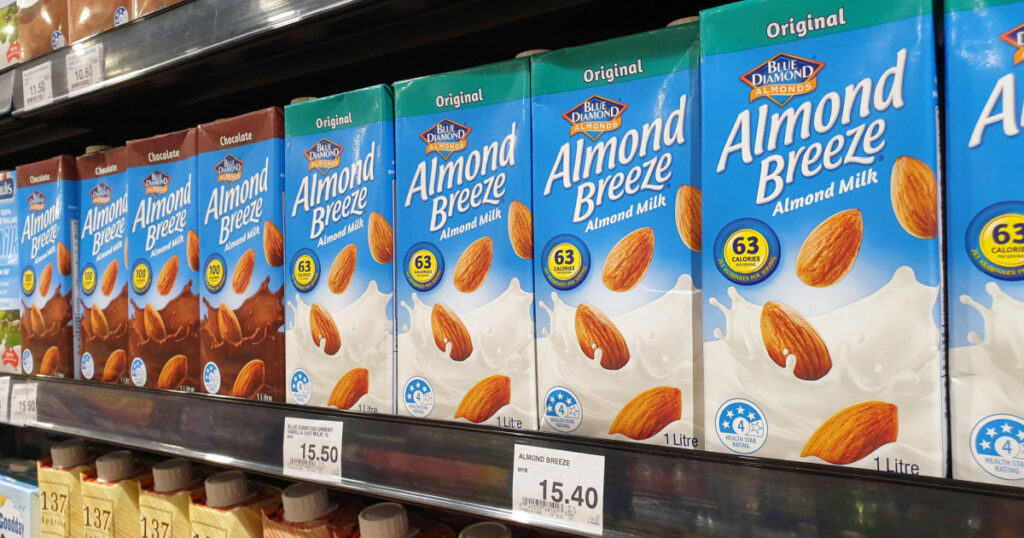
Derived from red seaweed, food-grade carrageenan is used as a thickening and stabilizing agent in many foods and drinks, including dairy products. This includes nut milk, meat products, and yogurt. It is controversial as it has mistakenly been linked to inflammation, particularly in the digestive tract. Because of this, it is linked to IBS, glucose intolerance, and even colon cancer. (5) However, this is because there is a confusion between a substance known as poligeenan and food-grade carrageenan. The former has been linked to its negative effects, while the latter (which is what you will find in foods) has not been. Before 1988, poligeenan was referred to as degraded carrageenan, and studies on it were confused with food-grade carrageenan, which has always been used in foods (16). For more info, see the video from Food Science Babe below.
11. Sodium Nitrate

Often used in cured meats like bacon and hot dogs, sodium nitrate helps preserve the meat’s color and prevent bacterial growth. There is some controversy as to its safety, but currently, there is no evidence to suggest it is dangerous. When it comes to processed and cured meats, there are likely more prominent health issues that you should be concerned about. (6)
12. Monosodium Glutamate (MSG)
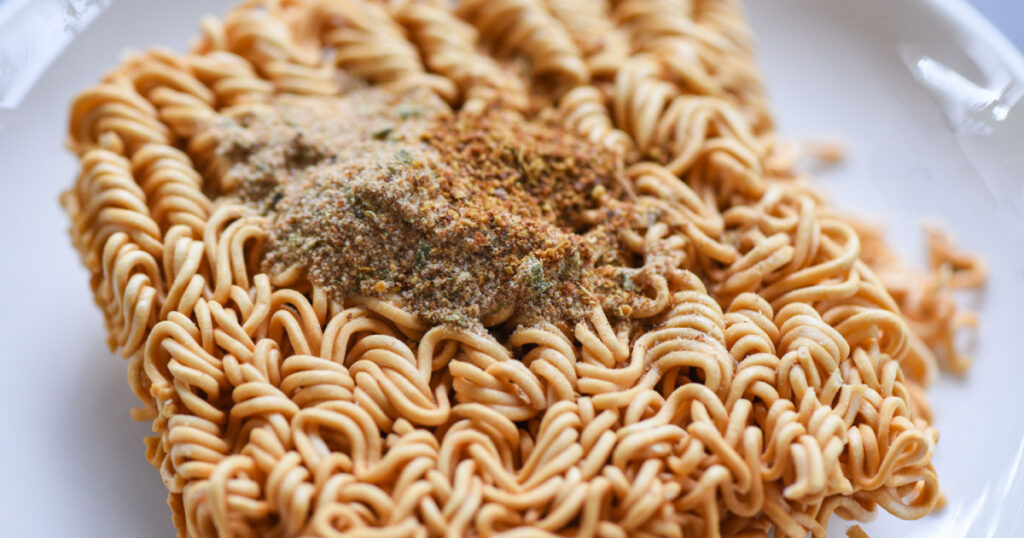
MSG is a flavor enhancer commonly used in Chinese cuisine, processed foods, and snacks. It has been associated with potential side effects like headaches in some people. That said, there actually isn’t any clear proof linking MSG to this symptom, among others. (7, 16)
13. Potassium Bromate

This ingredient is added to bread and flour products to increase dough elasticity. It is classified as a potential carcinogen. Though its danger for use is debated, it is probably best to avoid this. (8)
Read: What We’re Eating Is Changing Drastically. So, What’s For Breakfast In 2050?
14. Disodium Inosinate
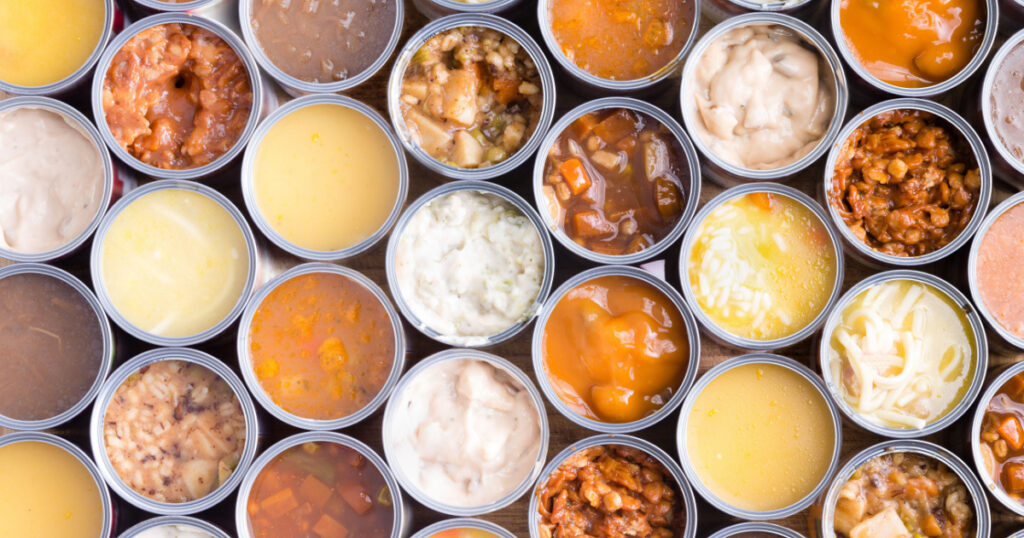
This is another one that’s often listed simply as “natural flavor”. It’s used alongside MSG to achieve that umami flavor. Found in many processed foods like chips and soups, disodium inosinate is a flavor enhancer that often comes from meat or fish sources. American and European regulatory bodies have deemed it safe, though more studies will continue. (9)
15. Xanthan Gum
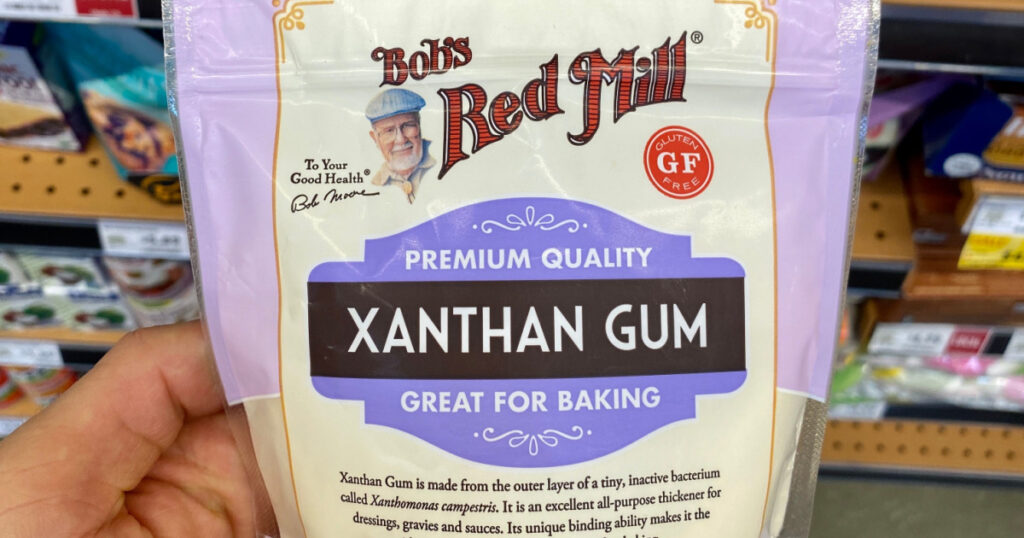
Xanthan gum is a popular thickening agent and stabilizer used in various foods, including salad dressings, sauces, and ice creams. Though generally considered safe, consuming too much can cause digestive problems. Sensitive tummies, be aware. (10)
16. Natamycin

This natural antimicrobial agent is commonly used in cheese and other dairy products to prevent the growth of mold and yeast. It is also used in juices, wines, sausages, and yogurts. It is generally recognized as safe. (11)
17. Titanium Dioxide
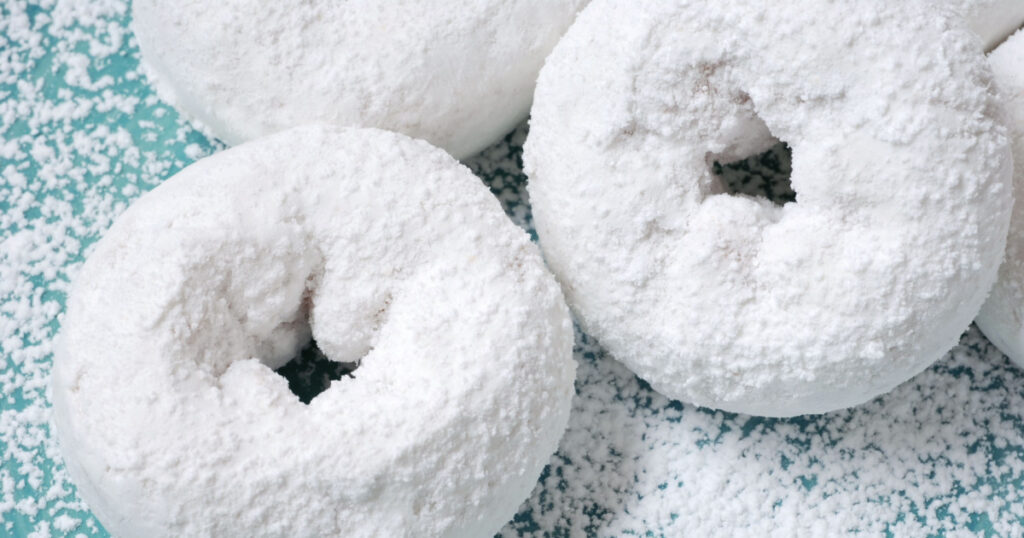
Used as a whitening agent in products like powdered donuts and icing, titanium dioxide has been associated with potential health concerns. Some research shows that it is a potential carcinogen.
18. Dimethylpolysiloxane

Often found in fast-food fried items like French fries, dimethylpolysiloxane is an anti-foaming agent derived from silicone. (12)
19. Shellac
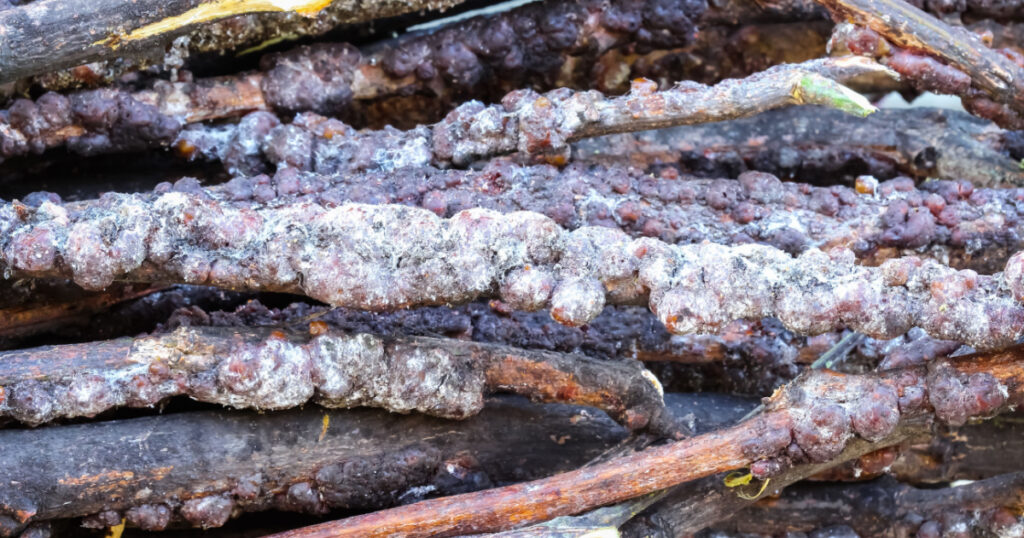
Obtained from the secretions of the female kerria lacca bug, shellac is used as a glazing agent on some candies, pills, and even fruits. It is often listed as “confectioner’s glaze” on labels.
20. Polysorbate 60
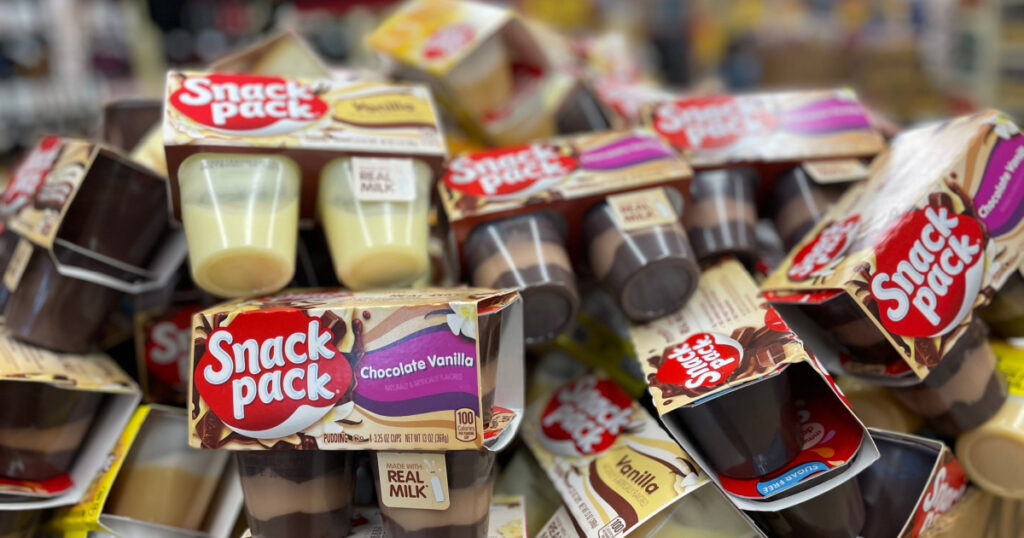
This food-grade emulsifier is often used in baked goods, desserts, and ice creams to improve texture and prolong shelf life. It’s especially used to bulk up puddings and gelatin-based desserts, as well as keep sauces smooth.
21. Calcium Propionate
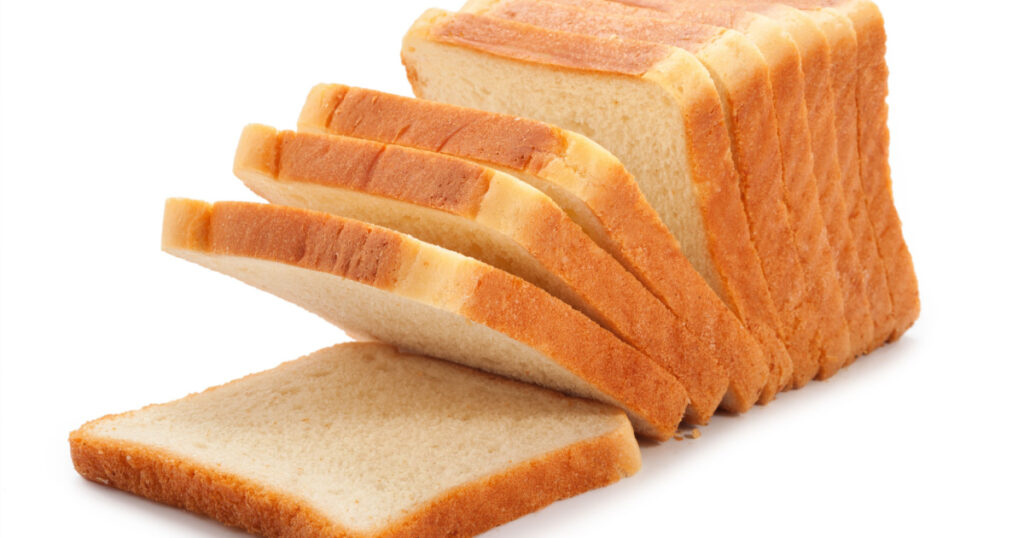
This preservative prevents yeast and mold growth in bread and other baked goods. Both the USA and the EU generally recognize it as a safe-to-use additive. (13)
22. Blue No.1
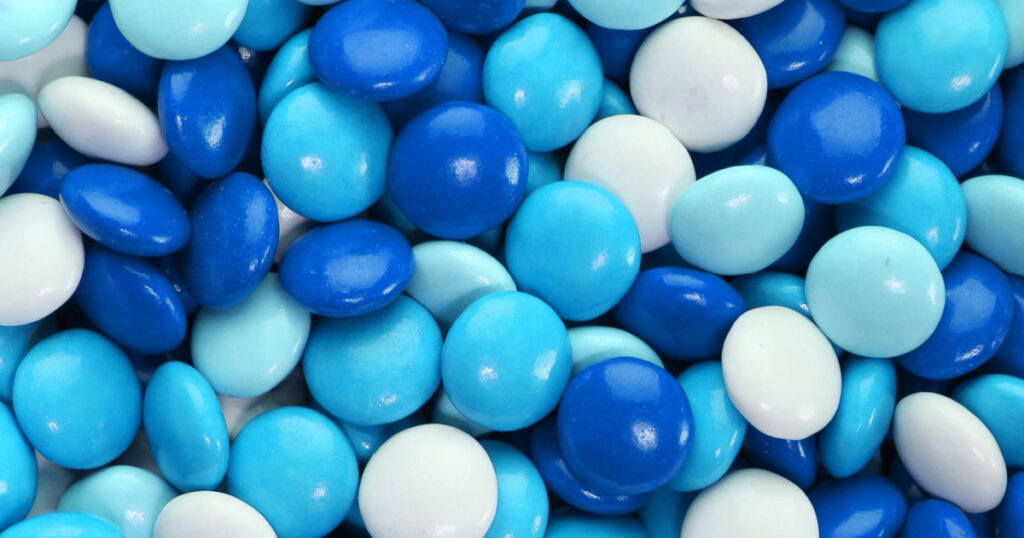
Also known as Brilliant Blue FCF, this artificial food coloring is commonly used in candies, beverages, and other processed foods. It’s recognized as “safe“, however, some research suggests this should be reviewed. This is specifically for people with acute Crohn’s disease, stroke, and injuries to the central nervous system. (14)
23. Brominated Vegetable Oil (BVO)
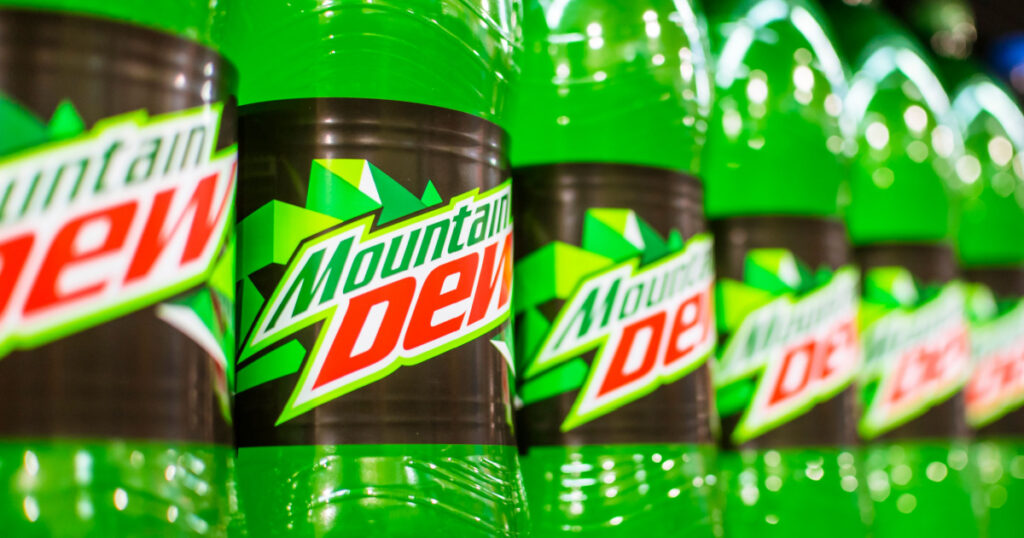
BVO is used as an emulsifier in citrus-flavored soft drinks to prevent the flavor oils from separating. It is also an ingredient in flame retardant. It is banned in both Japan and Europe.
24. Potassium Sorbate
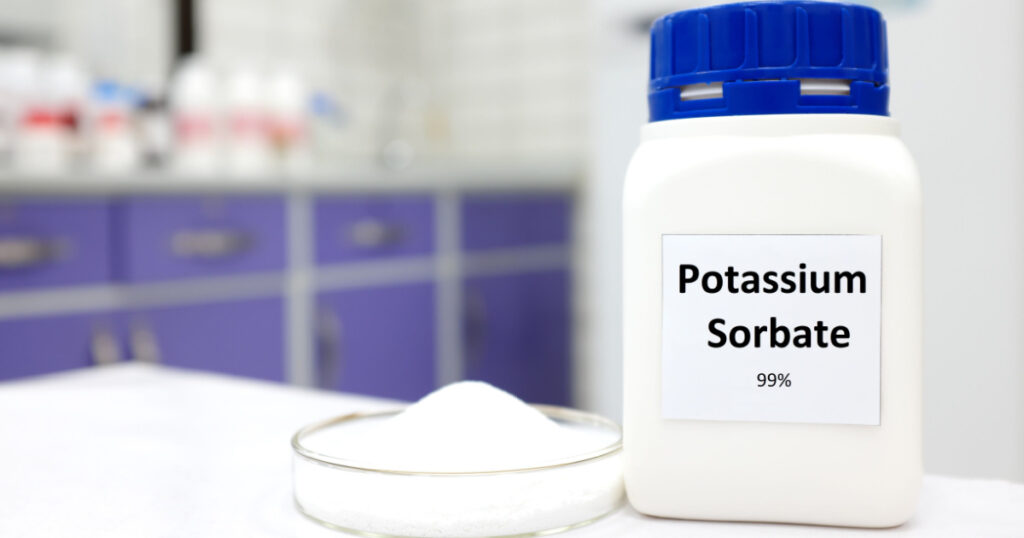
This preservative is used in various food products to inhibit the growth of molds and yeasts. It is used in both cosmetics and a variety of food products. It is regarded as safe in both the USA and the EU. (15)
25. Sodium Benzoate
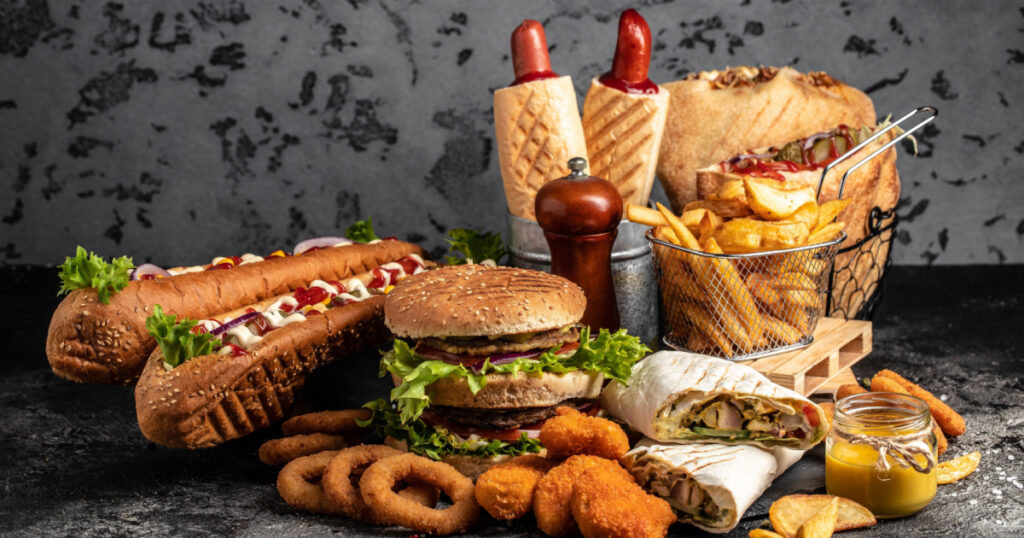
Often used as a preservative in fast food products, you will often find it in your McDonalds, Taco Bell, and the rest. It is generally regarded as safe.
26. High Fructose Corn Syrup (HFCS)
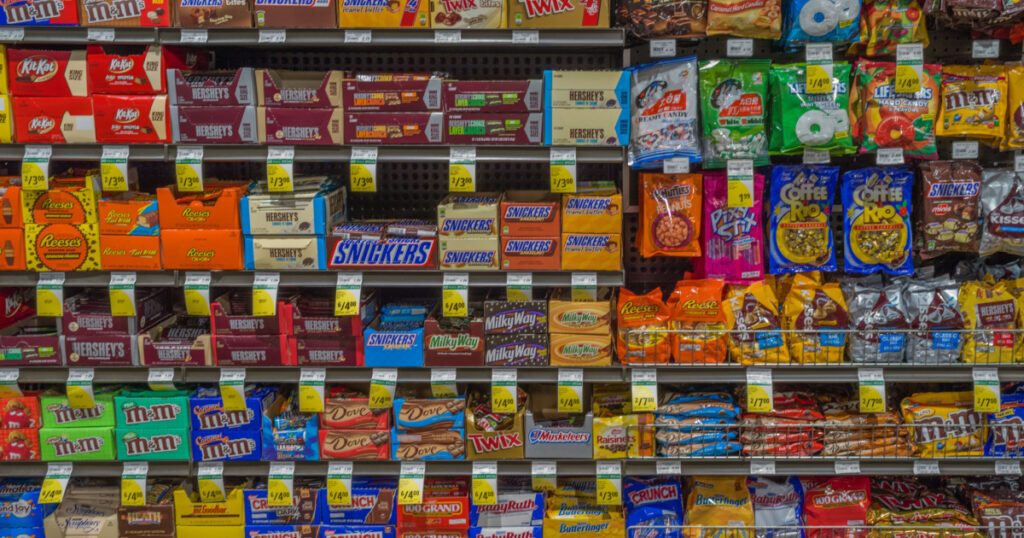
Derived from corn, HFCS is commonly found in numerous processed foods and beverages. Its excessive consumption has been linked to various health issues. It has very limited in the EU, but not in the USA.
Consumer Discretion Advised
Remember, while these ingredients may sound strange or have potential risks associated with them, they are generally recognized as safe by food regulatory bodies. This doesn’t mean they are right. However, the current science doesn’t find that you will likely suffer any devastating health consequences from occasional consumption. You should be more concerned about the products’ “normal” ingredients, such as sugar, salt, and fat. Heart disease, diabetes, and obesity continue to rise in the United States, and it’s not the “weird ingredients” causing it.
So what’s your better option? Avoid pre-packaged, processed foods as much as possible. Stick to whole foods, focusing on vegetables, fruits, beans, and legumes. Avoid “low calorie” or “sugar-free” versions of products. Instead, allow yourself the occasional treat while eating a well-balanced, whole-food diet 80% of the time. Pair that with a proper exercise and sleep routine; you will feel your best before you know it.
Keep Reading: 5 Ingredients You Do Not Want in Your Food
Sources
- “30 Shocking Secret Ingredients Hiding in Your Favorite Foods.” Eat This. Cassie Shortsleeve. September 20, 2018.
- “18 Weird Ingredients Found in Food.” Health. Amanda Gardner. November 8, 2022.
- “Butylated hydroxyanisole in perspective.” Pubmed. H Verhagen. P A Schilderman and J C Kleinjans. 1991.
- “Chronic toxicity and carcinogenicity of dietary administered ammonium sulfate in F344 rats.” Pubmed. Y Ota, et al. January 2006.
- “Should You Remove Carrageenan from Your Diet?” Healthline. Kathleen Pointer. March 16, 2023.
- “Nutrition and healthy eating.” Mayo Clinic. Mayo Clinic Staff
- “Toxicity and carcinogenicity of potassium bromate–a new renal carcinogen.” NCBI. Y Kurokawa, et al. July 1990.
- “What Is Disodium Inosinate (E631) In Food: Uses, Safety, Side Effects.” Food Additives. February 11, 2020.
- “Xanthan Gum — Is This Food Additive Healthy or Harmful?” Healthline. Caroline Pullen, MS, RD. February 3, 2023
- “Natamycin: a natural preservative for food applications—a review.” NCBI. Mahima Meena, et al. October 2021.
- “What is Dimethylpolysiloxane (E900) in Food and What are the Uses?” Food Additives. December 28, 2019.
- “Calcium Propionate.” Bakerpedia
- “The food dye FD&C Blue No. 1 is a selective inhibitor of the ATP release channel Panx1.” Pubmed. Junjie Wang, et al. May 2013.
- “Everything You Should Know About Potassium Sorbate.” Healthline. Marjorie Hecht. March 30, 2017
- “5 very misunderstood ingredients in our food system” Ag Daily. July 22, 2021
[ad_2]
Source link
